
October 26, 2018
What’s New in the NBC 2015?
The 2015 NBC compliant codes have been implemented into RISA-3D v17.0, RISAFloor v13.0 and RISAFoundation V.11.0!
Halloween isn’t just for candy and costumes—it’s the perfect time to test your spooky engineering skills! We’ve brewed up a Halloween-themed RISA Jeopardy game, packed with fun, easy questions about our software. Tip for readers: Try to answer before revealing the “treat” below each question! 💀 Can You Count? 100 – RISACalc: How many components are currently available in RISACalc? 10 (Beam, Column, Steel Joist, Composite Beam, Retaining Wall, Spread Footing, Wall Footing, Drilled Pier, Seismic Load, Wind Load) 200 – FD: How many Data Entry spreadsheets are available in RISAFoundation? 25 300 – RISA-3D: How many countries or regions have building codes supported in RISA-3D? 9 (US, Canada, Mexico, Europe, Great Britain, India, Australia, New Zealand, Saudi Arabia) 🎃 Adaptable 100 – ADAPT: Which of these is not an ADAPT product? ADAPT-Builder, ADAPT-Felt, ADAPT-Floor, ADAPT-ABI ADAPT-Floor 200 – ADAPT: Which mode of ADAPT-Builder is used to design slabs-on-grade on expansive soils using the PTI method? ADAPT-SOG 🕸️ The Whole Family 100 – Other: This steel detailing software and fellow Nemetschek brand has a built-in export option in RISA-3D. SDS2 200 – Other: Which design code is the most common in our software, found in 8 of our 10 programs?…
Read More

The 2015 NBC compliant codes have been implemented into RISA-3D v17.0, RISAFloor v13.0 and RISAFoundation V.11.0!

The 2016 edition of ASCE Minimum Design Loads and Associated Criteria for Buildings and Other Structures (ASCE 7-16) is now available in RISA-3D v17.0, RISAFloor v13.0, and RISAFoundation v11.0!

RISAFoundation includes the added ability to enter a passive pressure for slabs. The passive pressure represents soil pressure along the perimeter of the slab and will contribute to the sliding resistance of the slab.
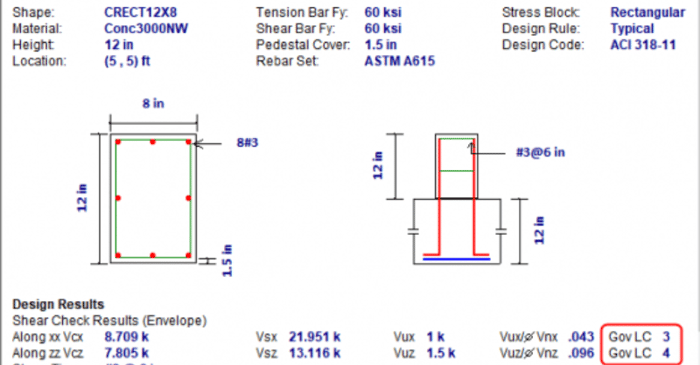
For concrete column members, the load combination producing the maximum shear code check is reported in the Detail Report and corresponding Results spreadsheet. Since concrete is evaluated based on a batch solution, this can be useful when shear governs the design.
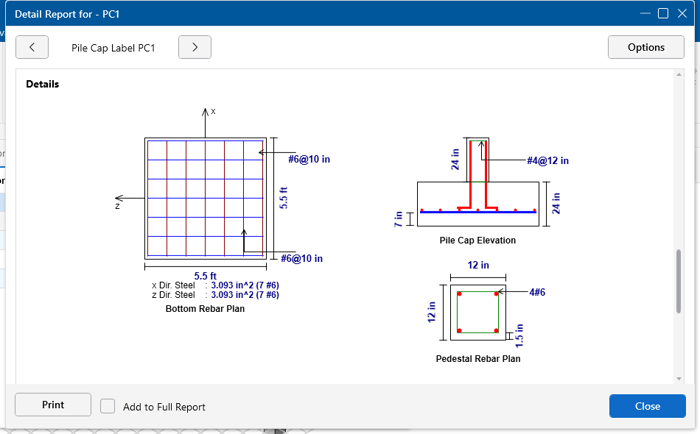
Concrete pile design is now incorporated in the pile cap results in RISAFoundation. With the addition of axial pile design in RISAFoundation v10.0, the program can model concrete pile shapes and design the reinforcement, or the user can also apply their own custom rebar layout. Now you can get a...
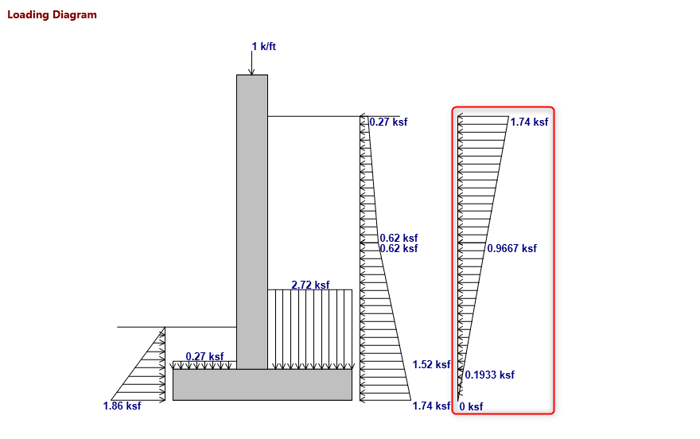
RISAFoundation has the capability to consider seismic loading for retaining walls.
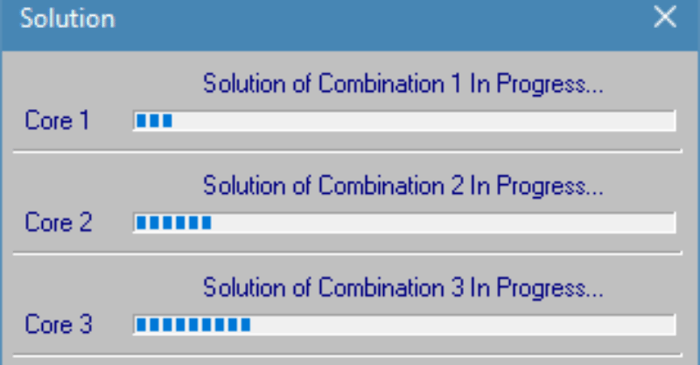
We are proud to introduce drastically improved solution times in RISAFoundation version 10.0. This version was updated to include multi-threading/parallel processing capability which will allow it to take advantage of multiple core processors which are becoming extremely common on the market today.
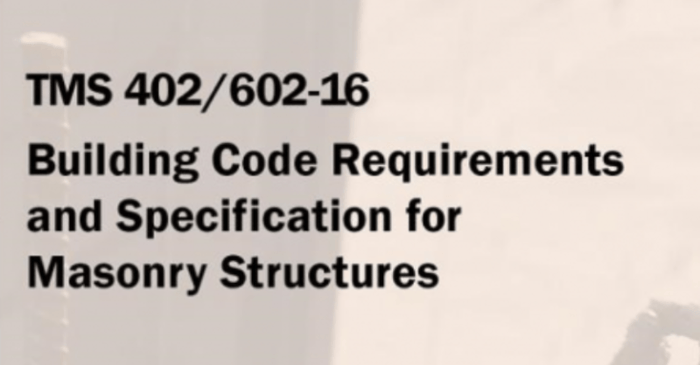
The new TMS 402-16 Masonry Code (formerly designated as ACI 530 and ASCE 5) have been added to RISA-3D v16.0, RISAFloor v12.0 and RISAFoundation v10.0.
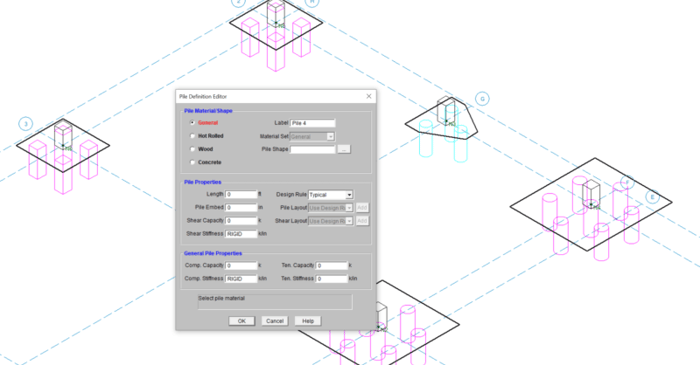
Hot rolled steel, wood, and concrete piles are now available in RISAFoundation v10.0. The Pile Definition Editor lets the user input the pile’s properties including the pile’s shape, material, and length. For concrete piles the user has the ability to apply a custom shear and flexural rebar layout...
Our monthly "Structural Moment" newsletter is the best way to keep up with RISA’s product updates, new releases, new features, training events, webinars and more...